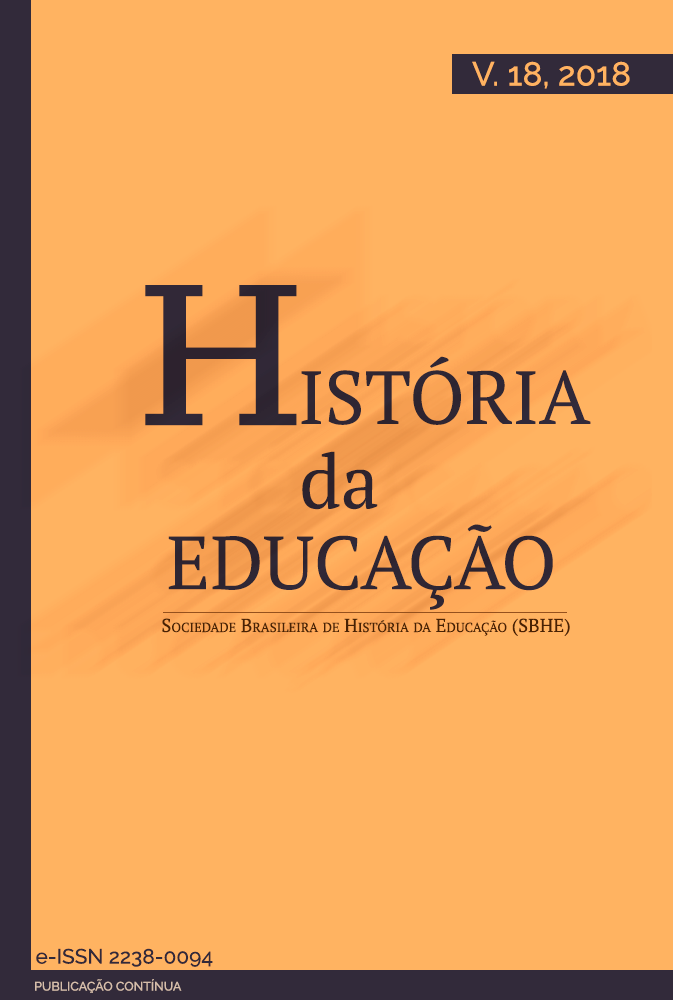“O berimbau me deu o compasso”: a capoeira e suas manifestações em Sergipe, no século XIX
Resumo
Este texto tem como objetivo compreender aspectos relacionados com as manifestações da capoeira em Sergipe, na segunda metade do século XIX. Sendo a capoeira objeto desta investigação, aquela é entendida enquanto manifestação cultural, inclusive por meio de seus ensinamentos, constituindo-se como uma prática educativa. Ressaltamos que ela surgiu em um contexto marcado pela escravidão negra no Brasil. Diante desse contexto, questionamos de que maneira as manifestações da capoeira, no período estudado, contribuíram para a formação do habitus do capoeira. Sob a matriz historiográfica da Nova História Cultural, foram analisados anúncio de jornal, códigos de postura, relatórios dos presidentes de Província, quadros de pintores reconhecidos, relatos de viajantes, ofício. Identificamos que, mesmo não constando nos documentos oficiais, a capoeira marcou a história de Sergipe por meio de seus ensinamentos.
Downloads
Copyright (c) 2018 Simone Silveira Amorim, Tatiane Trindade Machado

This work is licensed under a Creative Commons Attribution 4.0 International License.
Os direitos autorais pertencem exclusivamente aos autores. Os direitos de licenciamento utilizados pelo periódico consistem na licença Creative Commons Attribution 4.0 (CC BY 4.0): são permitidos o acompartilhamento (cópia e distribuição do material em qualqer meio ou formato) e adaptação (remix, transformação e criação de material a partir do conteúdo assim licenciado) para quaisquer fins, inclusive comerciais.
Recomenda-se a leitura desse link para maiores informações sobre o tema: fornecimento de créditos e referências de forma correta, entre outros detalhes cruciais para uso adequado do material licenciado.













